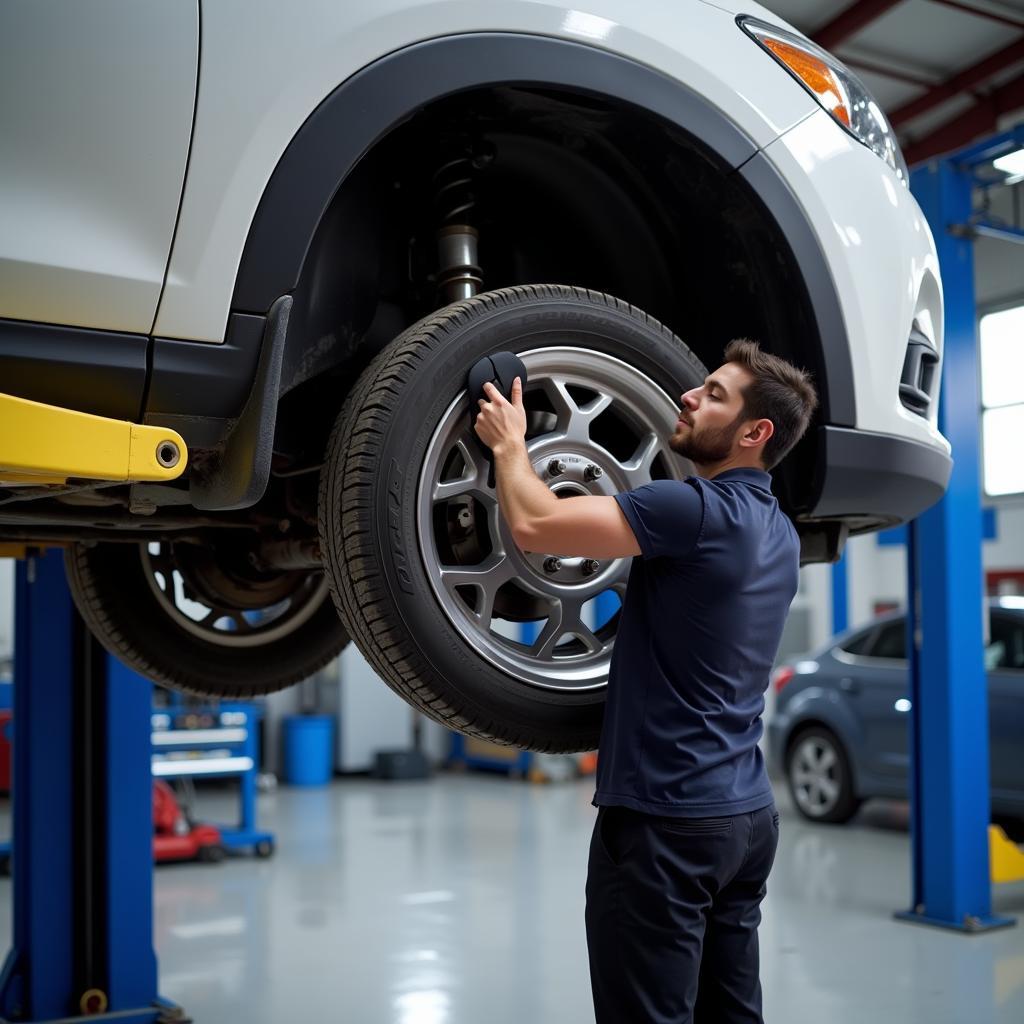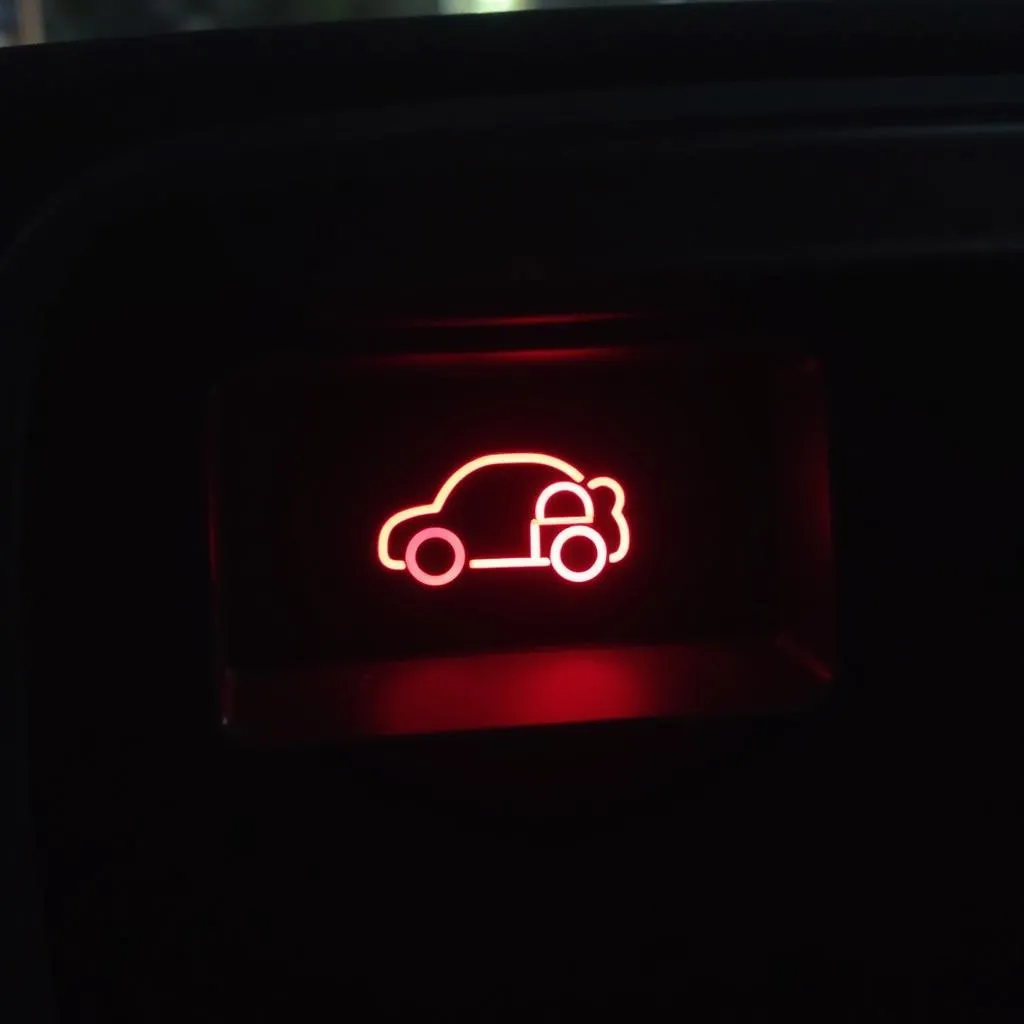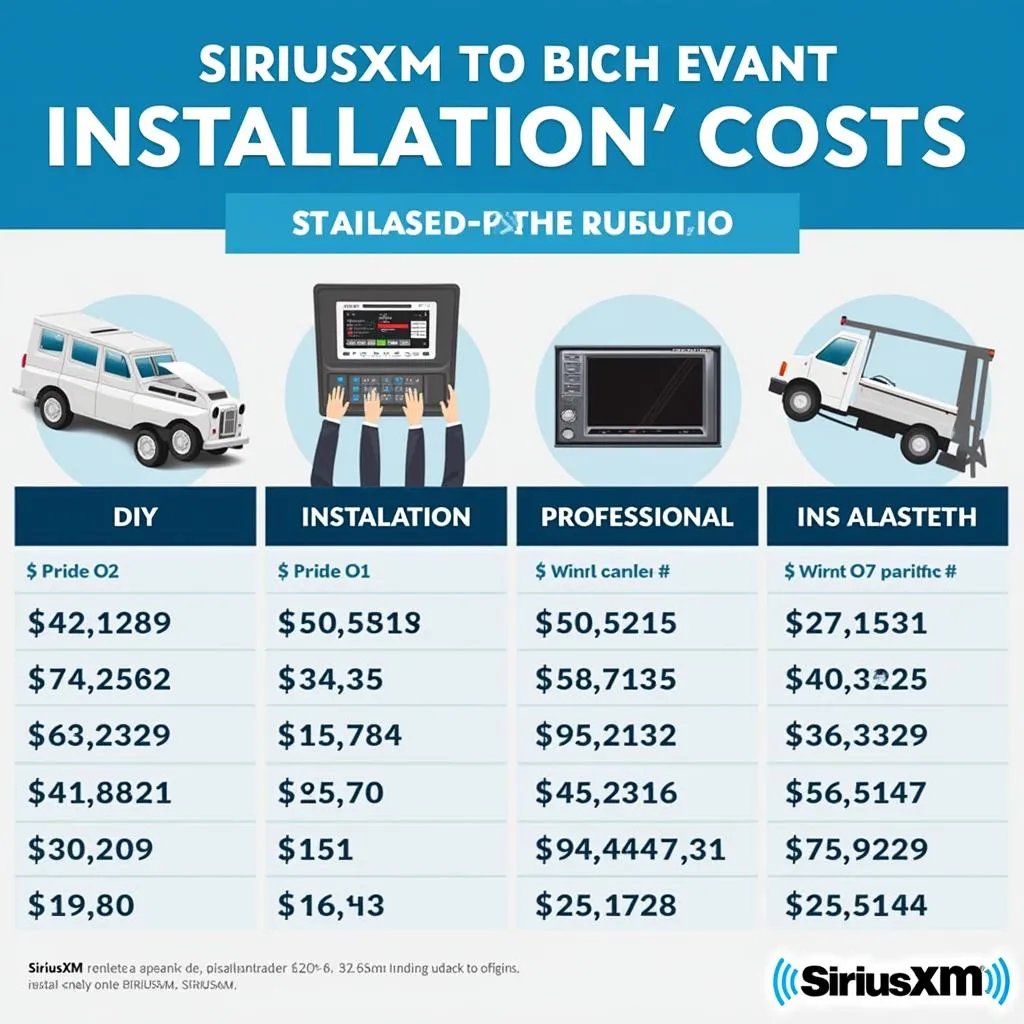So, your brake warning light is playing a game of red-light-green-light with your dashboard, and it’s starting to get on your nerves. Don’t worry, you’re not alone. This is a common issue for many car owners, and understanding what’s triggering that persistent light is the first step to getting it fixed.
What Does the Brake Warning Light Mean?
The brake warning light is your car’s way of saying, “Hey! Pay attention to my brakes!” It’s a crucial part of your vehicle’s safety system and illuminates for several reasons. While it can be as simple as needing to engage your parking brake, it could also signal a serious problem with your braking system.
Common Reasons Your Brake Warning Light is On:
Several factors can cause the brake warning light to illuminate. Let’s explore some of the most common culprits:
1. Low Brake Fluid:
Brake fluid is the lifeblood of your braking system. As your brake pads wear down, the brake caliper needs more fluid to function properly. This can lead to a drop in the fluid level, triggering the warning light.
2. Worn Brake Pads:
Brake pads are designed to wear down over time. Most vehicles have a sensor in the brake pads that triggers the warning light when they reach a certain level of wear, indicating it’s time for a replacement.
3. Faulty Brake Light Switch:
The brake light switch is a small component that activates your brake lights when you press the pedal. If this switch malfunctions, it can cause the brake warning light to illuminate, even if your brakes are working fine.
4. ABS Issue:
Modern vehicles are equipped with an Anti-lock Braking System (ABS). If the ABS module detects a problem, such as a faulty sensor, it can trigger the brake warning light.
5. Issue with the Master Cylinder:
The master cylinder is responsible for distributing brake fluid to the wheels. If it leaks or fails, it can cause a loss of brake pressure and trigger the warning light.
What to Do When Your Brake Warning Light Comes On:
Seeing a warning light on your dashboard can be unsettling, but it’s important to react calmly and take the following steps:
- Don’t Panic! Pull over to a safe location as soon as possible.
- Check Your Parking Brake. Make sure it’s fully disengaged. Sometimes a simple oversight like this can be the culprit.
- Check Your Brake Fluid Level. If the fluid level is low, add the correct type of brake fluid to the reservoir. Consult your owner’s manual for guidance.
- Inspect Your Brake Lights. Ask someone to watch while you press the brake pedal to ensure all your brake lights are functioning correctly.
- Schedule an Inspection. If the brake warning light remains illuminated after checking these basic elements, it’s time to call in the professionals.
Remote Diagnostics and Programming: A Modern Solution
In today’s technologically advanced world, car repairs have gone digital. Remote diagnostics and programming allow skilled technicians to access your vehicle’s computer system remotely, diagnose the issue, and sometimes even fix it without you having to step foot in a repair shop.
“Remote diagnostics can often pinpoint the exact problem with your brakes before you even bring your car in,” explains John Smith, Senior Automotive Technician at XYZ Auto Repair. “This saves time and allows us to be more efficient with repairs.”
Don’t Ignore the Warning Signs:
Ignoring a brake warning light can have serious consequences. Addressing the problem immediately can save you time, money, and most importantly, ensure your safety on the road.
 Car on Lift for Brake Inspection
Car on Lift for Brake Inspection
Remember, when it comes to your brakes, it’s always better to be safe than sorry. Regular maintenance and prompt attention to warning lights will keep you driving with confidence.


